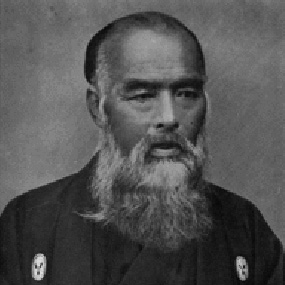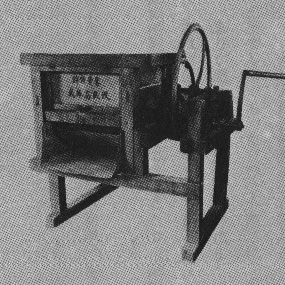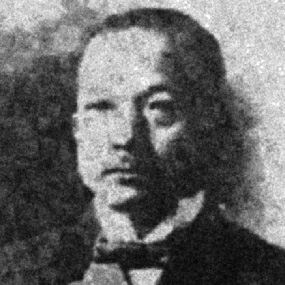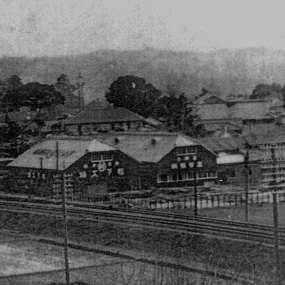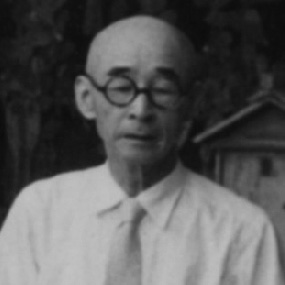1881
Kenzo Takabayashi and the Foundation
of Modern Tea Production
Around the middle of the 19th century, after 300 headings of isolation, Japan re-opened its ports to outside nations. Japan, however, needed to strengthen its power to avoid being colonized as had happened to neighboring Asian countries at that time. One way to strengthen the country was by way of foreign trade. Japan’s main export products at the time were silk and tea. Tea production, however, relied on an inefficient method of processing which was hand-rolling.
At the time, Kenzo Takabayashi, a practicing physician who also grew tea leaves in Saitama Prefecture, felt the urgent need for Japan to increase its tea production volume in order to stabilize the national finance. So, Takabayashi closed his medical practice and began focusing on the invention of an automated tea processing machine. Tea processing requires that the leaves be dried while maintaining their unique aroma and luster. It took more than ten headings of his dedication and research to accomplish these complex tasks and invent the Takabayashi-style tea processing machine.
Shortly after the invention of the machine, a competition was held at an agricultural experiment station in Tokyo. Takabayashi-style machinescompeted in tea processing against Otozo Oishi, the tea master who was known at the time to have the best hand-rolling skills in Japan. By far, Takabayashi-style machines beat the tea master in quality and processing time. Kenzo’s machines, unrecognized until then, became well-known in Japan. Interestingly, Otozo Oishi is said to have placed the very first order for Takabayashi-style tea processing machines.
